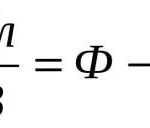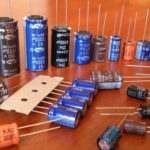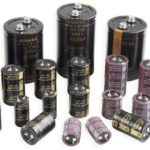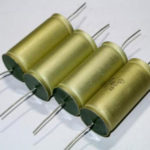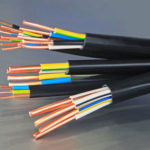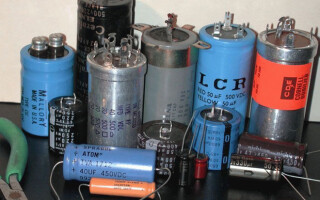Almost all electrical circuits include capacitive elements. The connection of capacitors to each other is carried out according to diagrams. It is necessary to know them both when calculating and when performing the installation.
Series connection
The capacitor, or in common parlance the "capacitance", is a part that no electrical or electronic circuit can do without. Even in modern gadgets, it is present, but already in a modified form.
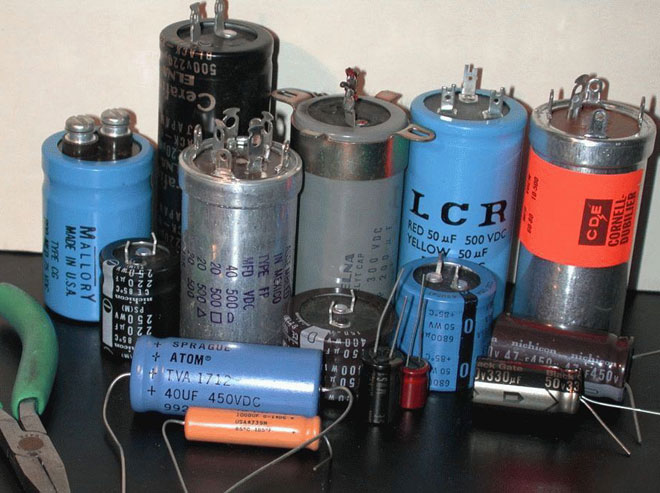
Let's remember what this radiotechnical element is. It is an accumulator of electrical charges and energy, two conducting plates, between which is the dielectric. When a constant current source is applied to the plates, a current will flow through the device for a short time and it will be charged to the voltage of the source. Its capacitance is used to solve technical problems.
The word itself originated long before the device was invented. The term came from a time when people thought that electricity was something like a liquid, and you could fill a vessel with it. When applied to a capacitor, it is unfortunate, because implies that the device can only hold a finite amount of electricity. Although this is not true, the term has remained unchanged.
The larger the plates, and the smaller the distance between them, the greater the capacitance of the capacitor. If its covers are connected to some conductor, there will be a rapid discharge through this conductor.
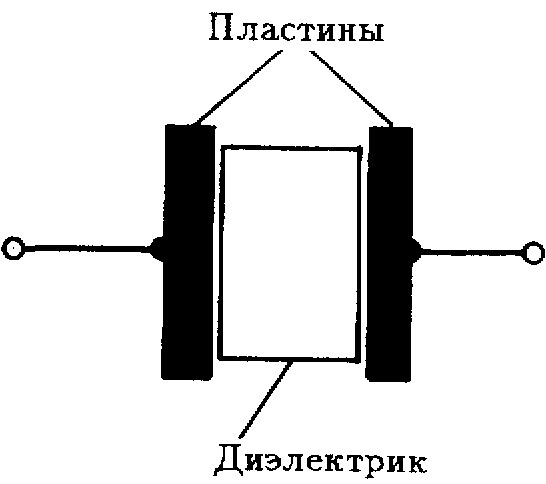
In coordinate telephone exchanges, signals are exchanged between devices using this feature. The length of pulses required for commands such as: "line connection", "subscriber answer", "cancel", is regulated by the capacitance value of the capacitors installed in the circuit.
The unit of capacity measurement is 1 Farad. Since this is a large value, microfarads, picofarads and nanofarads, (μF, pF, nF) are used.
In practice, by connecting in series, it is possible to increase the applied voltage. In this case, the two outer covers of the assembled system receive the applied voltage, and the covers inside are charged by means of charge distribution. Such techniques are resorted to when the necessary elements are not on hand, but there are parts of other voltage ratings.
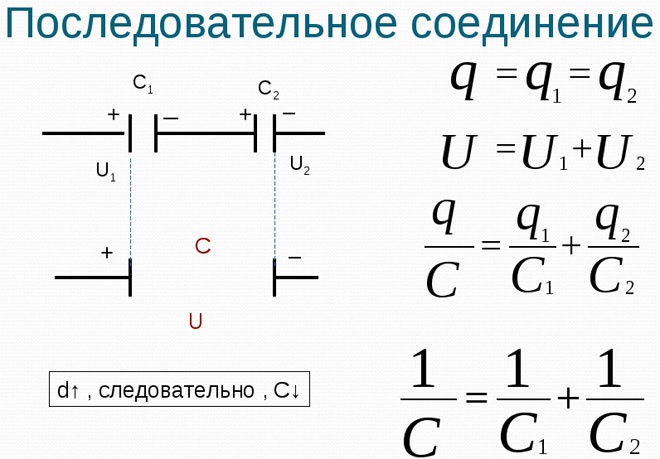
A 250V supply can be connected to a circuit that has 2 capacitors in series, rated at 125V.
If for direct current, the capacitor is an obstacle due to its dielectric gap, it is different with alternating current. For different frequency currents, like coils and resistors, the capacitor's resistance will vary. High frequency currents it passes well, but for their low frequency counterparts it creates a barrier.
Radio amateurs have a way - through the 220-500 pF capacitance to the radio receiver connect a 220V light network instead of the antenna. It will filter out the 50 Hz currents and allow the high frequency currents to pass through. This capacitor resistance is easily calculated using the formula for capacitive resistance:RC =1/6*f*C.

Where:
- Rc is the capacitive resistance, ohms;
- f - current frequency, Hz;
- C - capacitance of the capacitor, F;
- 6 - rounded to a whole number of 2π.
But not only the voltage applied to the circuit can be changed by using a similar switching scheme. This is how capacitance changes in series connections are achieved. To make it easy to remember, they came up with the clue that the total capacitance value obtained by choosing such a circuit is always less than the smaller of the two included in the chain.
If you connect 2 parts of the same capacitance in this way, their total value will be half that of each of them. Calculation of the capacitor series connections can be performed using the formula below:
Cpc = C1*C2/C1+C2,
Let C1=110 pF, and C2=220 pF, then SoC = 110×220/110+220 = 73 pF.
Do not forget about simplicity and convenience of installation, as well as ensuring the quality operation of the assembled device or equipment. In series connections, the capacitors must have 1 maker. And if the parts of the entire chain will be of the same batch production, there will be no problems with the operation of the created circuit.
Parallel connection
Electric charge accumulators of constant capacity, distinguish:
- ceramic;
- paper;
- mica;
- paper; mica; paper-metal;
- electrolytic capacitors.
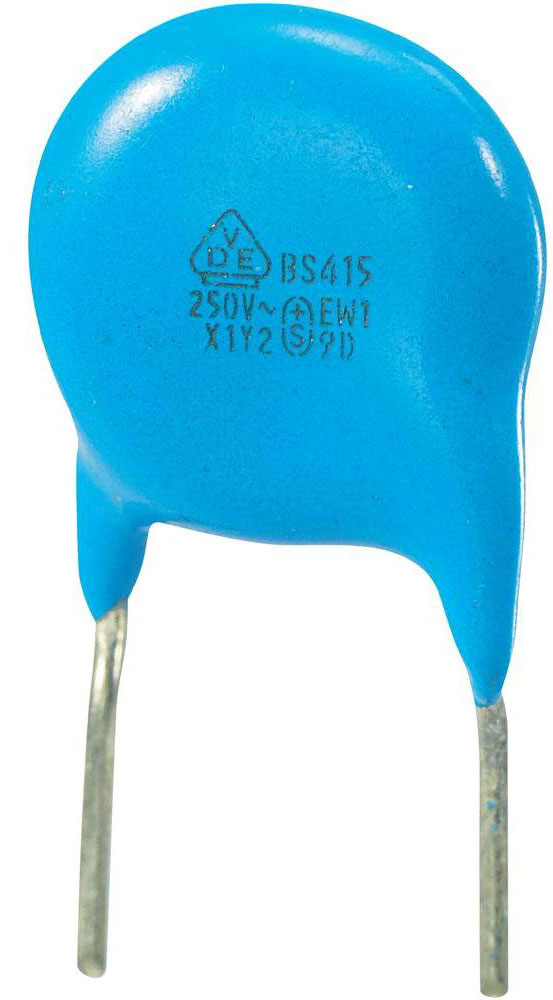
They are divided into 2 groups: low voltage and high voltage. They are used in rectifier filters, for communication between low-frequency sections of circuits, in power supplies of various devices, etc.
Variable capacitors also exist. They found their purpose in tunable oscillation circuits of TV and radio receivers. The capacitance is regulated by changing the position of the plates relative to each other.
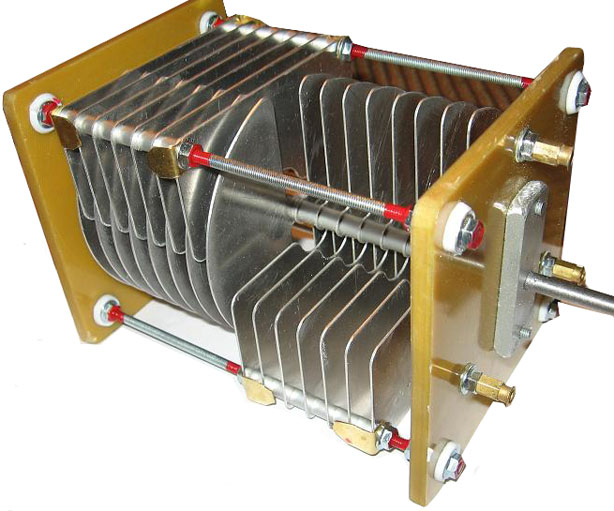
Consider the connection of capacitors when their leads are connected in pairs. Such a connection is suitable for 2 or more elements designed for the same voltage. The nominal voltage, which is indicated on the body of the part, must not be exceeded. Otherwise, dielectric breakdown will occur and the element will fail. But in a circuit where the voltage is less than the rated voltage, the capacitor can be connected.
By connecting capacitors in parallel, the total capacitance can be increased. In some devices it is necessary to provide a large accumulation of electrical charge. Existing ratings are not enough, you have to parallelize and use what you have on hand. Determining the total value of the resulting compound is simple. To do this, simply add up the values of all the elements used.
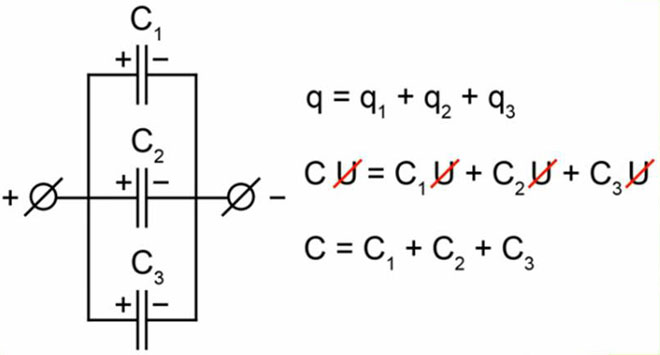
To calculate the capacitance of the capacitors, the formula is as follows:
Sob = C1+C2, where C1 and C2 are the capacitance of the corresponding elements.
If C1=20 pF and C2=30 pF, then Cobsc = 50 pF. There can be n number of elements in parallel.
In practice, such a connection is used in special devices used in power systems and in substations. They are mounted, knowing how to connect capacitors to increase the capacity, in whole blocks of batteries.
In order to maintain the balance of reactive power in both power supply and consumer installations, there is a need to include reactive power compensation devices (RCCDs) in operation. In order to reduce losses and regulate the voltage in the networks, it is necessary to know the values of the reactive resistances of the capacitors used in the installation when calculating the device.
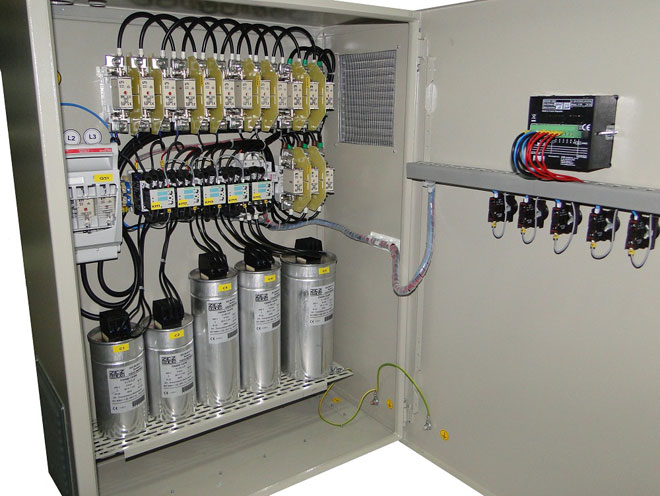
It happens that it is necessary to calculate by formula the voltage on the capacitors. In this case, we will assume that C=q/U, i.e. the ratio of charge to voltage. And if the value of the charge is q and the capacity is C, we can get the number we are looking for by substituting the values. It has the form:
U=q/C.
Mixed connection.
When calculating a circuit that is a combination of the combinations discussed above, proceed as follows. First, look for capacitors in the complex circuit that are connected to each other either in parallel or in series. By replacing them with an equivalent element, we get a simpler circuit. Then, in the new circuit, we perform the same manipulations with the circuit sections. Simplify until there is only a parallel or series connection left. We have already learned how to calculate them in this article.
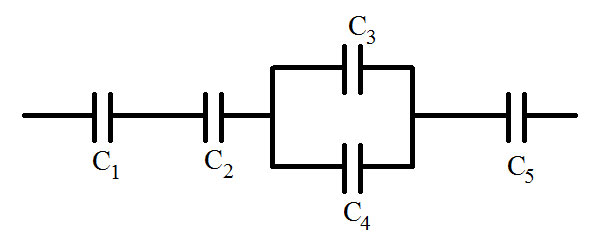
The parallel-serial connection is applicable to increase the capacitance, the battery or to ensure that the applied voltage does not exceed the working voltage of the capacitor.
Related articles:

